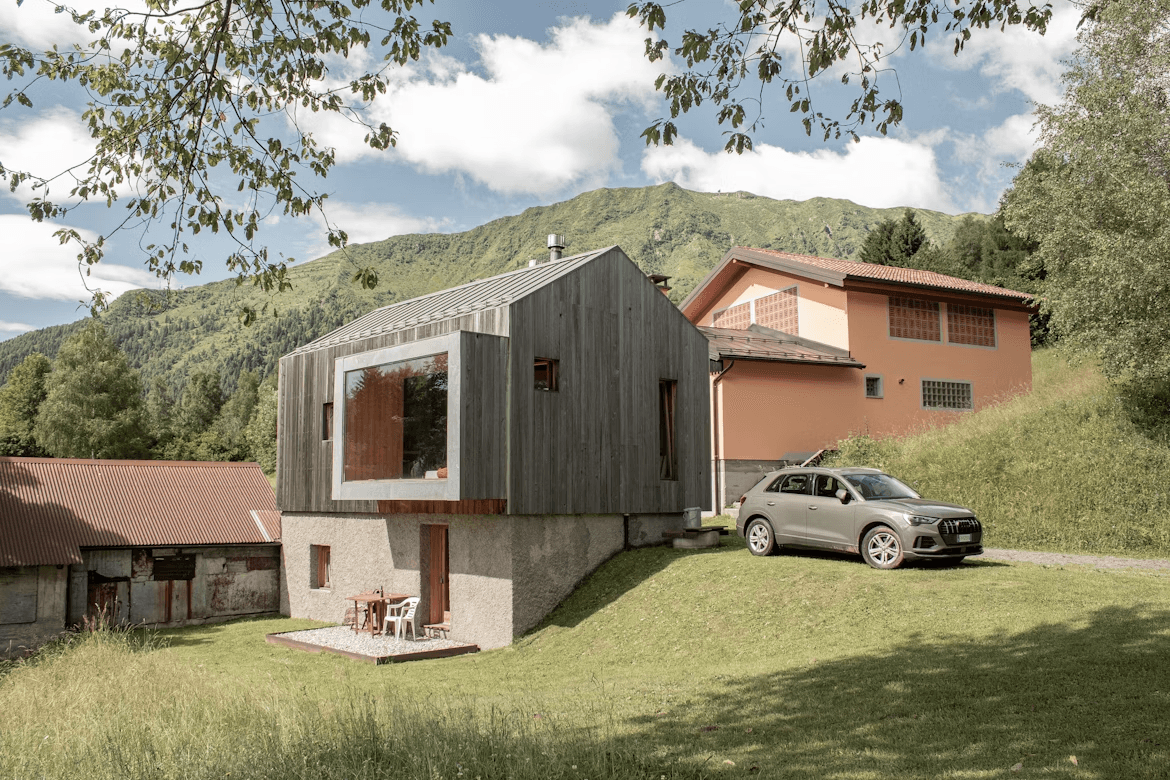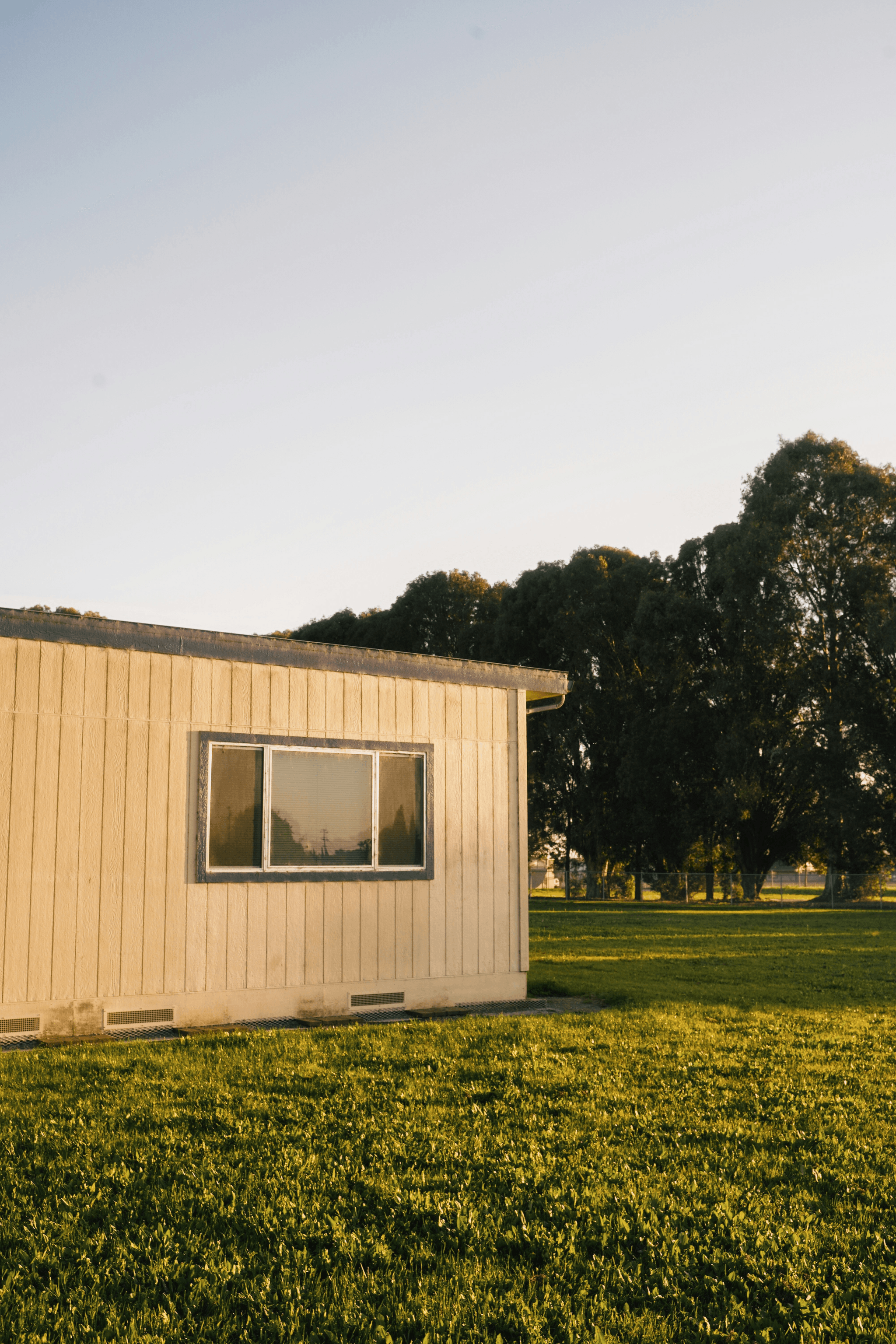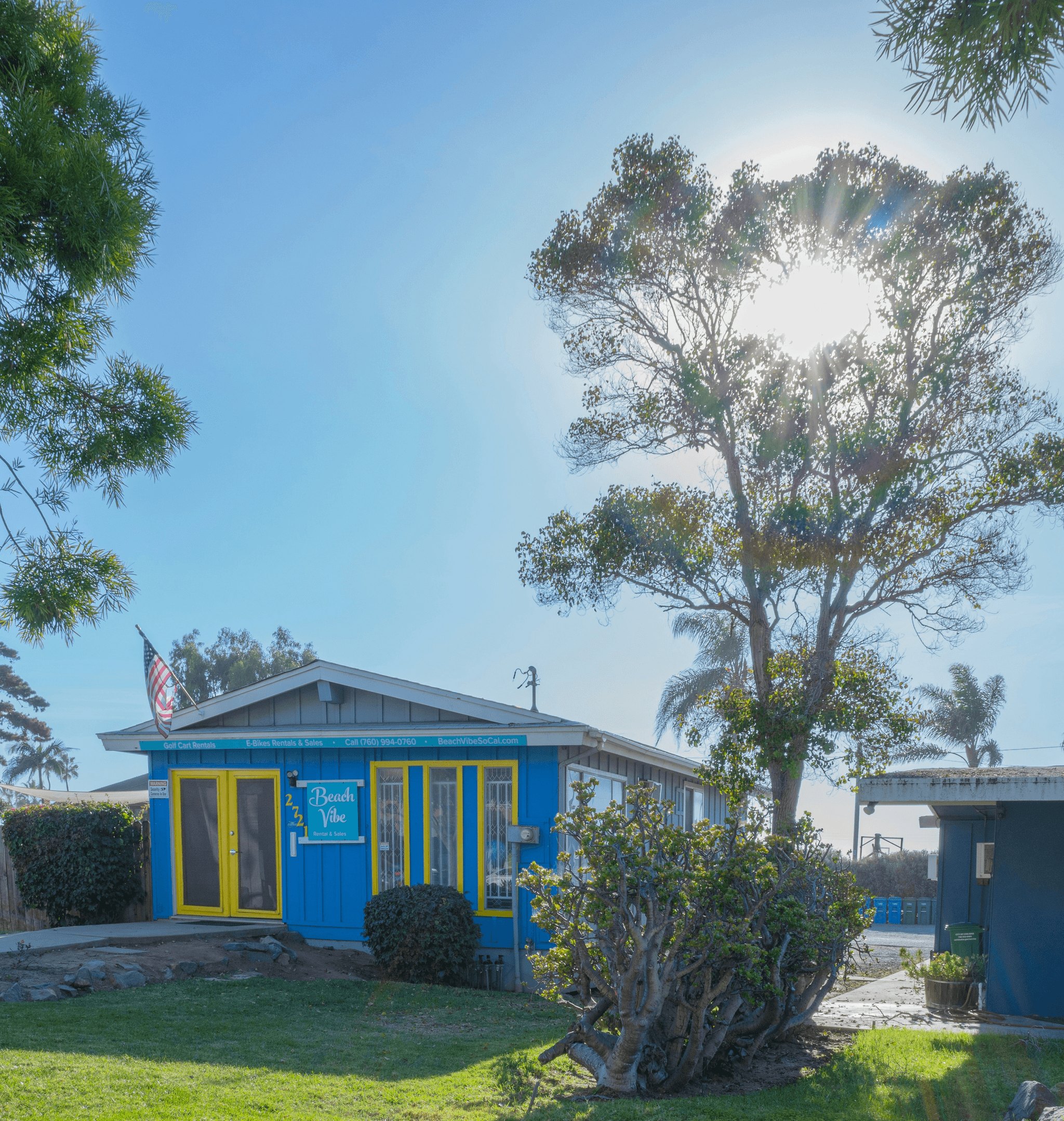Introduction
Navigating the world of housing options can feel like wandering through a maze, especially when considering the price difference between modular and manufactured homes. With rising living costs, understanding these home types has become increasingly crucial for prospective homeowners. PreFab Inc. is here to shed light on these affordable alternatives and how they can fit your budget.
Understanding Home Types
When it comes to housing, not all options are created equal. Modular homes are built in sections at a factory and then transported to the site for assembly, while manufactured homes are entirely constructed in a factory before being moved as a single unit. This fundamental distinction plays a significant role in the price difference between modular and manufactured homes, influencing everything from design flexibility to construction timelines.
The Appeal of Affordable Housing
Affordable housing is more than just a buzzword; it's an essential component of community development and personal financial stability. Many individuals and families are drawn to modular and manufactured homes due to their cost-effectiveness without sacrificing quality or comfort. As we explore the price difference between modular and manufactured homes, you'll discover how these options provide viable solutions for those looking to own their slice of paradise without breaking the bank.
Why Price Matters
In today's economy, price is often at the forefront of any major purchasing decision—especially when it comes to something as significant as a home. Understanding the nuances behind pricing can help you make informed choices that align with your financial goals and lifestyle needs. As we delve deeper into this topic with PreFab Inc., we'll uncover why knowing the price difference between modular and manufactured homes is key to finding your perfect home sweet home.
Defining Modular and Manufactured Homes

When navigating the world of affordable housing, it’s crucial to differentiate between modular and manufactured homes. Both options offer unique benefits and challenges, but understanding their key characteristics will help you make an informed decision. With companies like PreFab Inc. leading the charge in modern housing solutions, let's delve into what sets these two types apart.
Key Characteristics of Modular Homes
Modular homes are built in sections, or modules, in a factory setting before being transported to the site for assembly. They are constructed to adhere to local building codes, which often means they can be customized more extensively than manufactured homes. This adherence to codes typically results in better quality materials and finishes, making them a popular choice for those looking for long-term investment potential.
One notable feature of modular homes is their energy efficiency; many come equipped with modern insulation and energy-efficient appliances that can lower utility bills over time. Additionally, because they’re built on-site after transportation, homeowners have more flexibility regarding layout and design choices compared to manufactured homes. The price difference between modular and manufactured homes often reflects these enhanced features and customization options.
Key Characteristics of Manufactured Homes
Manufactured homes are also constructed off-site but are built according to federal HUD standards rather than local building codes. This distinction allows for streamlined production processes, resulting in lower overall costs compared to modular counterparts—hence why many people consider them when exploring affordable housing options through PreFab Inc. These homes often come as single or double-wide units that can be placed on a permanent foundation or left as movable structures.
Another defining characteristic is the emphasis on affordability; while you may sacrifice some customization options available with modular homes, you gain significant savings upfront with manufactured models. They can also be delivered quickly since they are mass-produced with standardized designs that facilitate faster construction timelines. However, this convenience does contribute to a notable price difference between modular and manufactured homes.
Differences in Construction Methods
The construction methods employed for modular versus manufactured homes play a pivotal role in their respective pricing structures and overall quality perceptions among buyers. Modular homes undergo rigorous inspections at various stages during production—ensuring adherence to high standards before they even reach your property site—while manufactured homes follow a different regulatory framework established by HUD guidelines designed specifically for factory-built housing.
Furthermore, the assembly process differs significantly: modular home sections are pieced together on-site by contractors who ensure structural integrity according to local regulations, while manufactured units typically arrive fully assembled or nearly so—requiring less labor-intensive setup work at the final location. This distinction contributes not only to differences in construction quality but also impacts long-term value retention; hence understanding these nuances helps clarify any price difference between modular and manufactured homes.
In conclusion, knowing the key characteristics of both home types allows prospective buyers to weigh their options effectively against personal needs and budget constraints while navigating through various offerings from companies like PreFab Inc.
Price Factors for Modular Homes

When considering the price difference between modular and manufactured homes, several factors come into play that can significantly affect the overall cost of modular homes. Understanding these price factors is essential for potential buyers looking to make informed decisions. Let’s dive into the specifics of what influences the pricing of modular homes.
Material Quality and Design
One of the primary contributors to the price difference between modular and manufactured homes lies in material quality and design choices. Modular homes are often constructed using higher-quality materials, which can elevate their initial cost but also enhance durability and aesthetic appeal. For instance, PreFab Inc. offers customizable designs that allow homeowners to select premium finishes, resulting in a unique living space that justifies a higher investment.
The emphasis on quality doesn't stop at materials; it extends to architectural design as well. Modular homes can be tailored to fit specific styles or preferences, which may increase costs initially but provide long-term satisfaction and value retention. Thus, while you might pay more upfront for a modular home, you’re investing in something built to last.
Labor and Assembly Costs
Labor costs are another crucial factor contributing to the price difference between modular and manufactured homes. Modular homes are built in sections at a factory before being transported to their permanent locations for assembly, requiring skilled labor for both construction and installation. This process often results in higher labor costs compared to manufactured homes, which are typically produced on an assembly line with less customization involved.
Moreover, because modular construction requires precise engineering and quality control measures during assembly, it can lead to increased expenses that reflect in final pricing. However, this investment often pays off with better craftsmanship and fewer issues down the line—something savvy buyers should consider when weighing options from PreFab Inc., where quality is paramount.
Location and Land Expenses
The location where you choose to place your modular home significantly impacts its overall cost as well—another vital aspect contributing to the price difference between modular and manufactured homes. Land expenses vary widely depending on local real estate markets; therefore, prospective homeowners must consider these costs when budgeting for their new home from PreFab Inc.
Additionally, zoning regulations or land preparation requirements can add further expenses that potential buyers need to keep in mind. For example, some areas may necessitate additional permits or infrastructure improvements before installation can occur—factors that could inflate your budget unexpectedly if not planned for adequately. Ultimately, understanding these location-based considerations will help you navigate your decision-making process more effectively.
Price Factors for Manufactured Homes
When considering the price factors for manufactured homes, several elements come into play that can significantly affect overall costs. Understanding these factors is crucial for potential buyers, especially when evaluating the price difference between modular and manufactured homes. At PreFab Inc., we aim to provide clarity on these aspects to help you make informed decisions.
Factory Production Benefits
One of the primary advantages of manufactured homes is their factory production benefits. These homes are built in controlled environments, which allows for streamlined processes and reduced waste, ultimately leading to lower costs compared to traditional building methods. The efficiency of assembly lines also means that labor costs are minimized, contributing further to the overall affordability—something that makes a notable impact when assessing the price difference between modular and manufactured homes.
Moreover, because of this factory setting, manufacturers can often negotiate better prices for materials due to bulk purchasing agreements. This cost-saving approach translates directly into more competitive pricing for buyers. At PreFab Inc., we leverage these benefits to offer quality manufactured homes without breaking the bank.
Standardized Models and Customization
Manufactured homes typically come in standardized models that streamline production and reduce costs significantly. This standardization means that many designs are pre-approved by regulatory bodies, allowing for quicker construction timelines and fewer complications during the building process—factors that influence the price difference between modular and manufactured homes substantially.
While these models may seem less flexible than custom options available with modular homes, many manufacturers now offer a range of customization options within their standardized frameworks. Buyers can still personalize their space while benefiting from lower base prices due to reduced complexity in design modifications. At PreFab Inc., we pride ourselves on providing customizable solutions that cater to individual tastes without compromising on affordability.
Transport and Setup Costs
Transporting a manufactured home involves specific logistics that can affect overall pricing as well. While factory production lowers initial costs, buyers must also consider transport fees associated with moving these large structures from factories to their final locations—an essential factor when evaluating the price difference between modular and manufactured homes.
Once on-site, setup costs such as foundation work or utility hookups can add up quickly if not accounted for in initial budgeting plans. However, many manufacturers include some setup services within their pricing packages, providing transparency regarding what additional expenses might arise after purchase. At PreFab Inc., we strive to ensure our clients have a clear understanding of all associated transport and setup costs right from the start.
Comparing Overall Costs

When it comes to the price difference between modular and manufactured homes, understanding the overall costs involved is crucial for potential homeowners. Both options offer unique financial considerations that can significantly impact your budget and long-term investment. Let’s break down these costs into three essential categories: initial purchase price, long-term value, and financing considerations.
Initial Purchase Price Comparison
The initial purchase price is often the first factor buyers consider when exploring the price difference between modular and manufactured homes. Generally, modular homes tend to have a higher upfront cost due to their construction quality and customization options. On the other hand, manufactured homes are typically more affordable at the outset, thanks to their factory production processes and standardized designs.
However, it’s important to note that while modular homes may require a larger investment initially, they often come with superior materials and craftsmanship that can justify the price difference in terms of longevity and durability. PreFab Inc. offers a range of modular home options that cater to various budgets while ensuring quality remains uncompromised. Ultimately, understanding these initial costs will help you make an informed decision tailored to your financial situation.
Long-Term Value and Depreciation
When evaluating long-term value, one must consider how each home type depreciates over time—another critical aspect of the price difference between modular and manufactured homes. Modular homes generally hold their value better than manufactured ones due to their construction methods; they are often treated similarly to traditional site-built houses in terms of property valuation. This means that if you plan on reselling your home in the future, a modular option may yield a better return on investment.
In contrast, manufactured homes typically experience greater depreciation because they are classified as personal property rather than real estate until permanently affixed to land owned by the homeowner. This distinction can affect resale potential significantly over time; thus understanding these factors is key for future homeowners weighing their options at PreFab Inc.. By considering how each type retains or loses value over time, you can make a more strategic choice aligned with your long-term financial goals.
Financing and Insurance Considerations
Financing options also play an essential role in determining the overall cost when comparing modular versus manufactured homes—yet another element contributing to the price difference between modular and manufactured homes. Modular homes usually qualify for traditional mortgages since they are considered real property once installed on-site; this opens up favorable interest rates for buyers looking for financing solutions through banks or credit unions.
Conversely, securing financing for manufactured homes can be trickier due to their classification as personal property unless permanently affixed to land you own—a factor lenders often view unfavorably when evaluating risk profiles. Additionally, insurance premiums may differ significantly; insuring a modular home tends to be less expensive compared to insuring a manufactured home due largely in part to perceived stability and longevity associated with modular builds available through companies like PreFab Inc.. Understanding these financial implications will empower potential homeowners as they navigate this complex landscape.
Hidden Costs to Consider

When diving into the world of modular and manufactured homes, it's essential to look beyond the initial price tag. While the price difference between modular and manufactured homes can be significant, hidden costs can sneak up on unsuspecting buyers. Understanding these additional expenses is crucial for anyone considering these affordable housing options.
Utility Hookup Expenses
One often-overlooked cost is the utility hookup expenses that come with both modular and manufactured homes. These costs can vary widely depending on your location and how far your new home is from existing utility lines. Whether you’re connecting water, electricity, or sewage systems, these hookups can add a few thousand dollars to your overall budget, making it vital to factor them in when assessing the price difference between modular and manufactured homes.
Permit and Tax Implications
Navigating permits and taxes can feel like walking through a maze, especially for first-time homeowners. Depending on where you live, there may be specific permits required for placing a modular or manufactured home on your property, each with its own fees attached. Additionally, property taxes may differ based on local regulations; understanding these implications will help you make a more informed decision about which option offers better long-term value relative to the price difference between modular and manufactured homes.
Maintenance and Upkeep
Maintenance is another critical aspect that often gets overlooked when considering the purchase of a new home. Both modular and manufactured homes require upkeep over time; however, their maintenance needs might differ based on construction materials used. It's wise to budget for ongoing maintenance costs as they can impact your overall expenditure significantly—especially when comparing the long-term financial implications of each type of housing in light of their initial price differences.
Conclusion

In the journey of understanding the price difference between modular and manufactured homes, it becomes clear that each option has its own set of advantages and challenges. The key lies in weighing these factors against your personal needs and financial situation. By grasping the nuances of these two home types, you can make a more informed decision that aligns with your lifestyle.
Making Sense of Cost Differences
The price difference between modular and manufactured homes can be attributed to various factors, including construction methods, material quality, and location costs. Modular homes typically involve higher initial expenses due to their customizable nature and superior building materials. In contrast, manufactured homes often present a more budget-friendly option but may come with hidden costs that could impact long-term value.
Recommendations for Future Homeowners
For future homeowners navigating the price difference between modular and manufactured homes, it's essential to prioritize your long-term goals over immediate savings. Consider not only the upfront costs but also factors like resale value, maintenance requirements, and community regulations. PreFab Inc. recommends conducting thorough research and consulting professionals to ensure you choose a home type that suits both your budget and lifestyle aspirations.
Choosing the Right Option for You
Ultimately, choosing between modular and manufactured homes hinges on personal preferences and financial considerations surrounding the price difference between modular and manufactured homes. If customization is paramount for you, a modular home may be worth the investment; however, if affordability is key without sacrificing comfort, a manufactured home could be ideal. Whichever path you take, remember that this decision should reflect your unique vision for homeownership.

